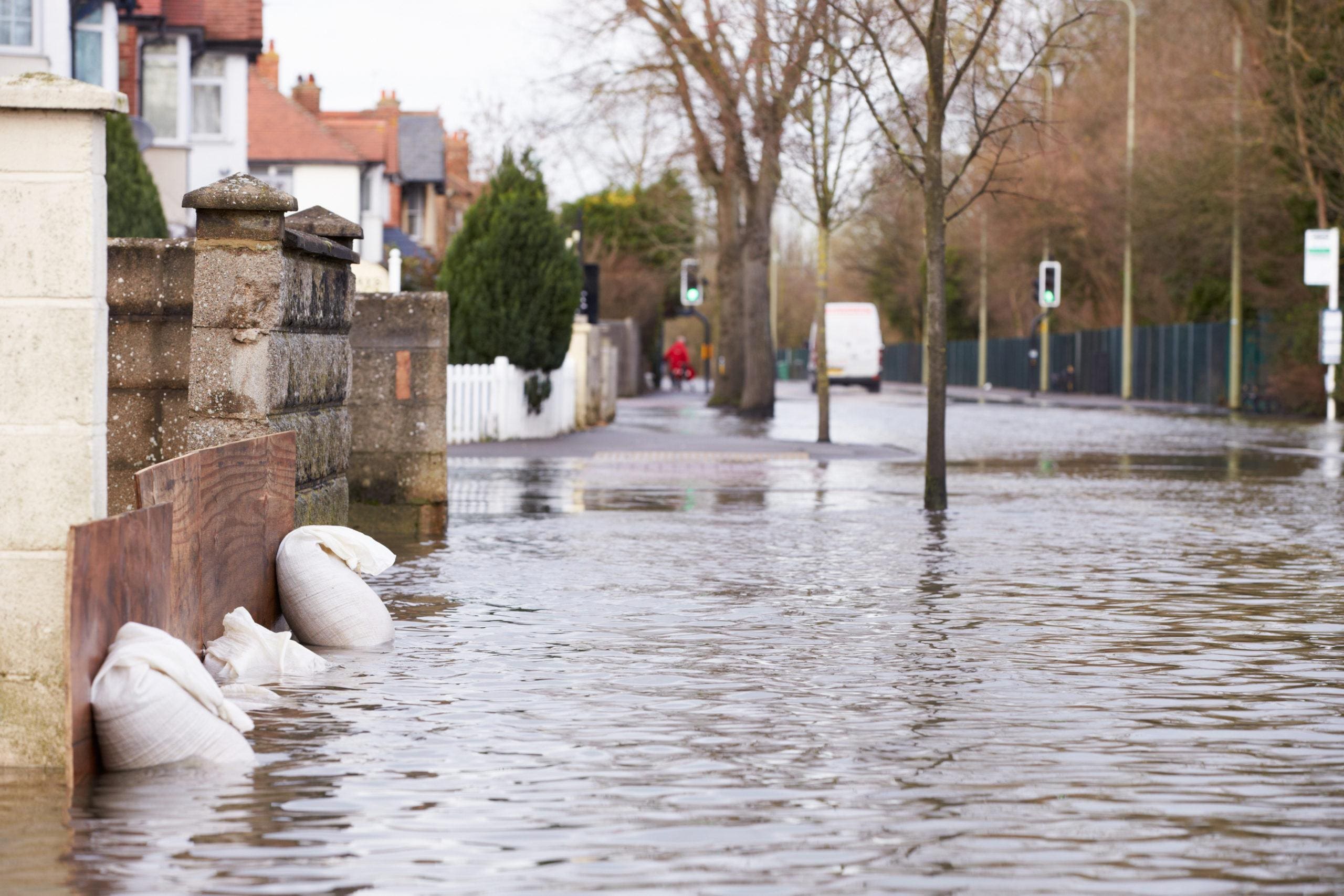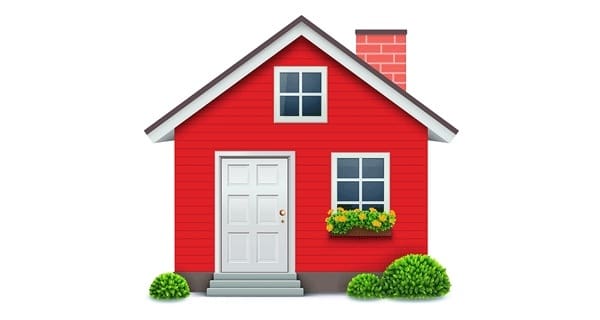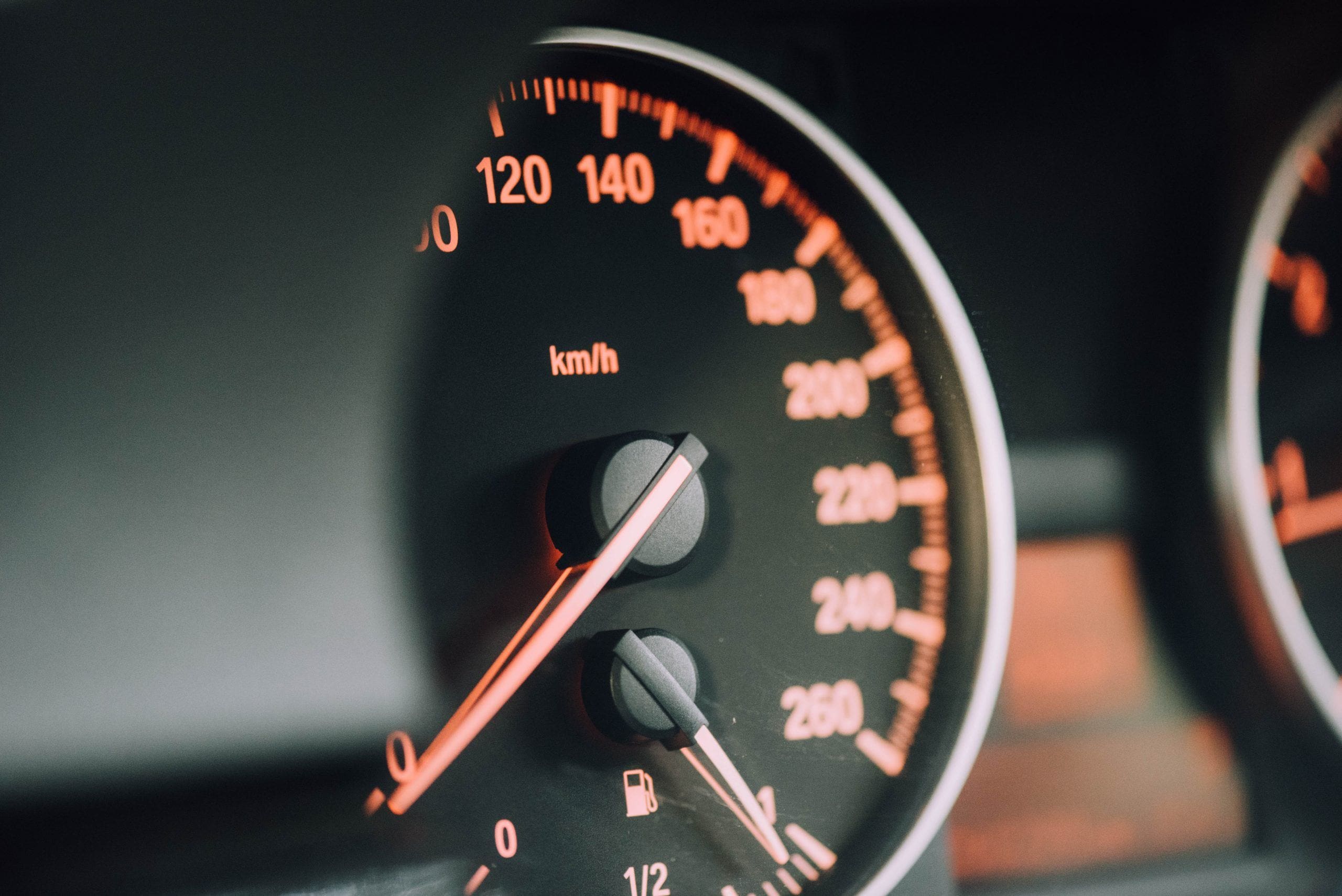In recent years, Irish weather has been changing with an increased amount of weather events & storms.
Our AA Safety Centre provides you with all the information you may need before & during a flood to prepare, protect & react.
Protecting your Home & Car
- Prepare : Although flooding can be unpredictable, the best way to protect your property & stay safe is to prepare.
- Would you have enough supplies at home should a rapid flood develop?
- If you needed to leave, do you know the best route to take or public transport to use?
- If you live in a residential house, are your roof tiles secure & gutters empty so water can flow easily?
- Are all doors & windows able to securely close?
- Are you able to move valuable items to a higher floor if needed?
- Do you have any items outside our home which could move in a flood?
- Take photos of your property, car & any outside items which are covered on your Home Insurance or Car Insurance policy. This will help if you need to make a claim after the flood has dried up. If you need to check your level of cover, you can do this through your MyAA portal.
- Protecting your home : Now that a flood warning has been raised or if you can see water beginning to collect near your home, it’s time to act on the planning you’ve made in preparing for a flood. If at any point during the flood you need to contact emergency services please call 112 or 999.
- Stay up to date on weather warnings for your area, especially the rain forecast & movement. Be prepared if there is a risk to life in red warning situations.
- Secure any outside belongings like garden furniture, umbrellas & trampolines or bring indoors. Items can move once they’ve been submerged by water so even a small amount of water could move items.
- Move any valuable items upstairs or to your attic (if you have one).
- If you have a pet make sure they’re safe & indoors comfortably. This can be a scary time for them too.
- If you need to leave urgently, make sure a bag has already been packed with supplies & medication (if needed). Make sure the area is safe before you to leave & use a map app on your phone to check for any issues along your route.
- Protecting your car:
- Be aware of the place you parked your car. Have you seen pools of water here before?
- As always, you should try avoid driving through flooded roads as even the slightest amount of water or debris could damage your car.
- Driving in a flood can be dangerous & can cause damage to your car instantly and after. You should avoid driving through water, especially when it’s more than 10cm deep.
- Did you know, 30cm of water (the length of a ruler) can cause a car to move involuntarily & at a depth of 60cm can cause a car to float away uncontrollably.
- Never drive through fast-moving floodwater as your car could be swept away – no matter how shallow it may appear.
- If you need to drive through flood water, match the speed of other drivers driving through the flood water. If an oncoming car is driving through, wait for them to pass & the ripples to settle before entering the flood water. Drive slowly in a low gear, keeping the engine revs high. This prevents water from entering the exhaust. When you’ve moved through the flood water, continue to drive slowly for a stretch while tapping the brake pedal a few times. This will help dry the brakes & prevent aquaplaning.
- If you get stuck in the flood water. Remain calm & monitor the water level. If at any stage it becomes unsafe, or will be unsafe in the future you may need to evacuate the vehicle.
- Call Roadside Rescue immediately & if needed call the emergency services on 112 or 999
- Read up more information on navigating through surface water in our AA Blog.
- React : Once the flood has passed & the weather warning has been lifted it’s time to check your home, car & belongings for flood damage.
- Make sure to check all belongings carefully for damage.
- Visually inspect your home & car including windows, doors, appliances etc that may have been damaged by the flood water or moving objects in the water.
- Make a list of any damage you find to assist you if you need to make a claim on your Home Insurance or Car Insurance policy.
- Check your insurance policy to make sure damage your reporting is within the coverage of your policy. If you’re unsure, you can view your policy documents on your MyAA portal.
- If you need to make a claim, you can view all the necessary phone numbers or contact details in the AA Safety Centre home.








